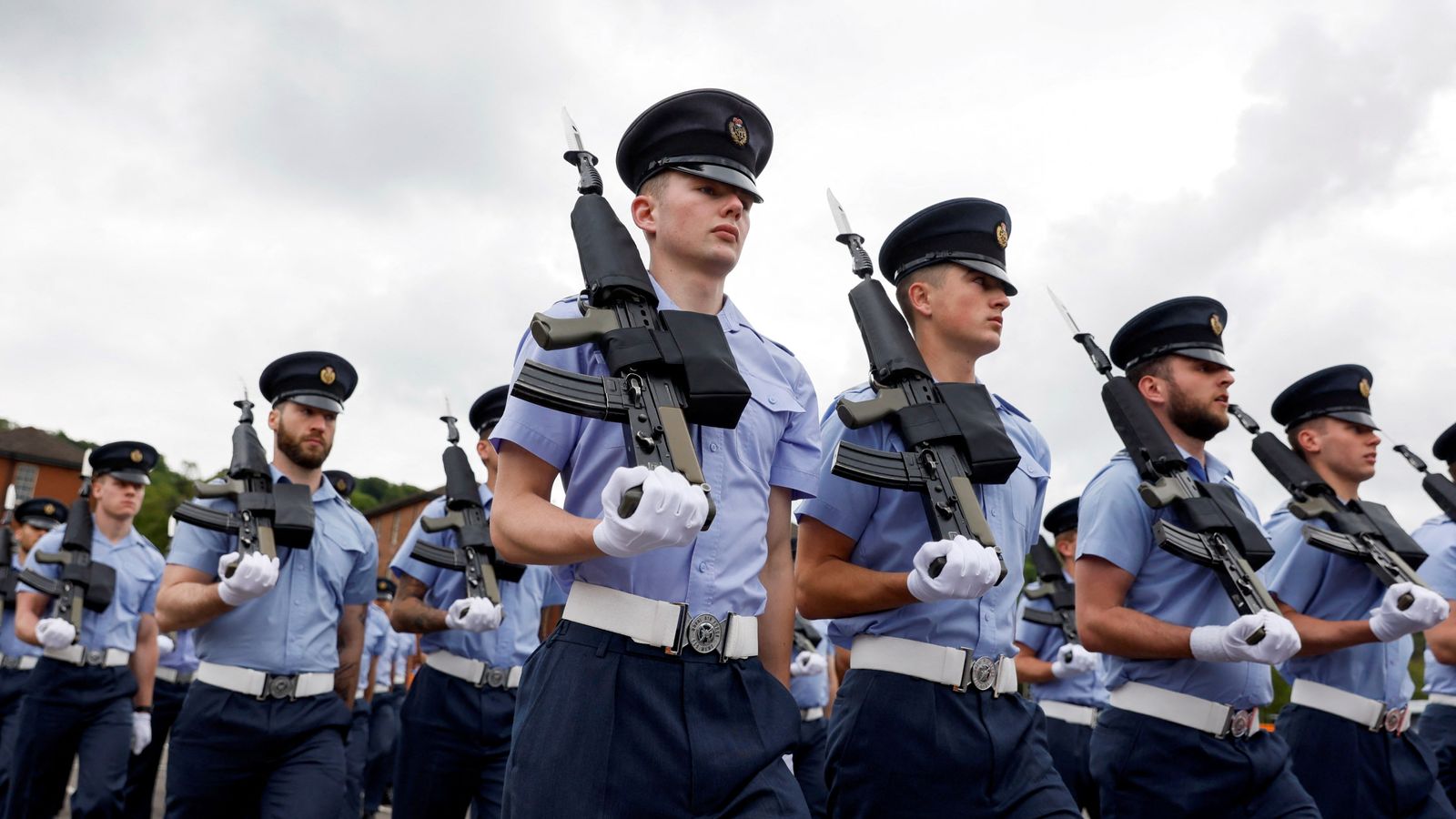It feels like we have been here before. There are doctors with their faces protected by visors and nurses wearing aprons and gloves.
The PPE introduced to protect patients and healthcare workers at the Royal Preston Hospital is still very much in use.
More than two years into the pandemic, for the staff here, it is the same but different.
A summer spike in infections is being driven by the BA.4 and BA.5 variants.
Doctors say these variants are milder, causing less severe illness in their patients, but they are more transmissible.
They have no COVID patients in their intensive care unit and only eight patients in Respiratory High Care.
Read more:
WHO warns COVID-19 is ‘running freely’ and global deaths are unacceptably high
COVID-19 restrictions could be reintroduced if rise in cases hits NHS backlog, minister warns
COVID-19: Sore throat now the most common coronavirus symptom, data suggests
COVID: Women twice as likely as men to be extremely worried about their lives post-pandemic, study suggests
World Health Organization warns COVID-19 is ‘running freely’ and global deaths are unacceptably high
Medical staff say that is a testament to the success of the vaccine rollout.
But even mild COVID has consequences. Every patient in hospital with the virus means another bed is taken up and longer waits for other patients.
Dr Mohammed Munavvar says his hospital had been making a dent in the elective treatment backlog but that has been disrupted.
He said: “Other patients cannot be admitted and treated, and patients have been waiting for a long time already for their procedures and their treatment is once again getting delayed.
“That is putting a lot of pressure on the system and on the restorative work, which had started very well.”
There are 125 COVID positive patients being treated in the hospital.
Julie Cole is one of them. She is being spoon-fed by a nurse as she lies on her bed on a COVID bay she shares with one other patient.
Julie has a muscle-wasting disease and is on the clinically vulnerable register.
For the past two years she has shielded from the world. Last week she collapsed at home and was rushed to hospital.
She said: “I had cold-like symptoms at home like coughing and other things and then I fainted, then I came into hospital just struggling to breathe a little bit.”
Read more:
Analysis: Govt may need to rethink strategy on living with COVID if summer surge continues
Dr Munavvar says at the height of the pandemic, before the vaccines, Julie would have needed intensive care and the chances are she probably would not have survived.
Here in the North West they’ve seen a rise of between 50% and 200% in COVID infections in recent weeks. Some 500 of the hospital’s staff are off sick with COVID-related absence.
And this comes at a time when the hospital’s emergency department is struggling to cope with the sheer number of patients coming through its doors.
Summer or winter, the pressure is relentless.
Emergency department consultant Andy Curran says it is the worst it has ever been.
“For the past two years, we’ve always thought it can’t get any worse,” he said.
“And then it does, and each time we think it is as bad as it possibly could be there’s something else that comes along on top of what we found.
“And the combination of factors that we’re going through is that we’re just having to work harder and harder and harder.”
Julie hopes she will be discharged soon. But there is some uncertainty about the world to which she returns.
Because when the government says we must all move on, living with COVID means something very different to Julie.









